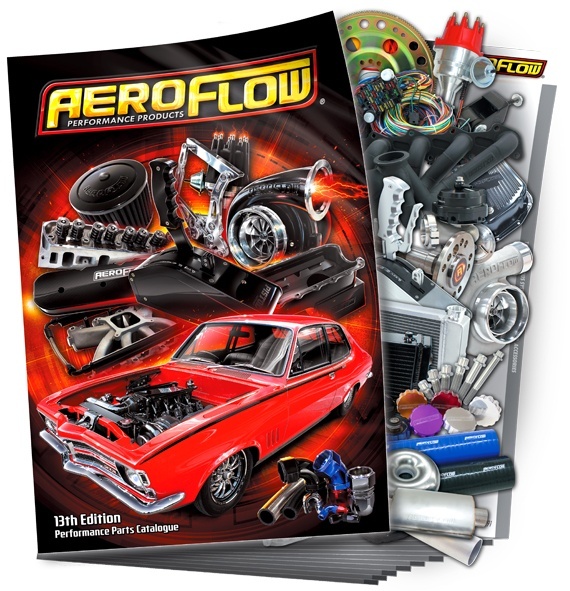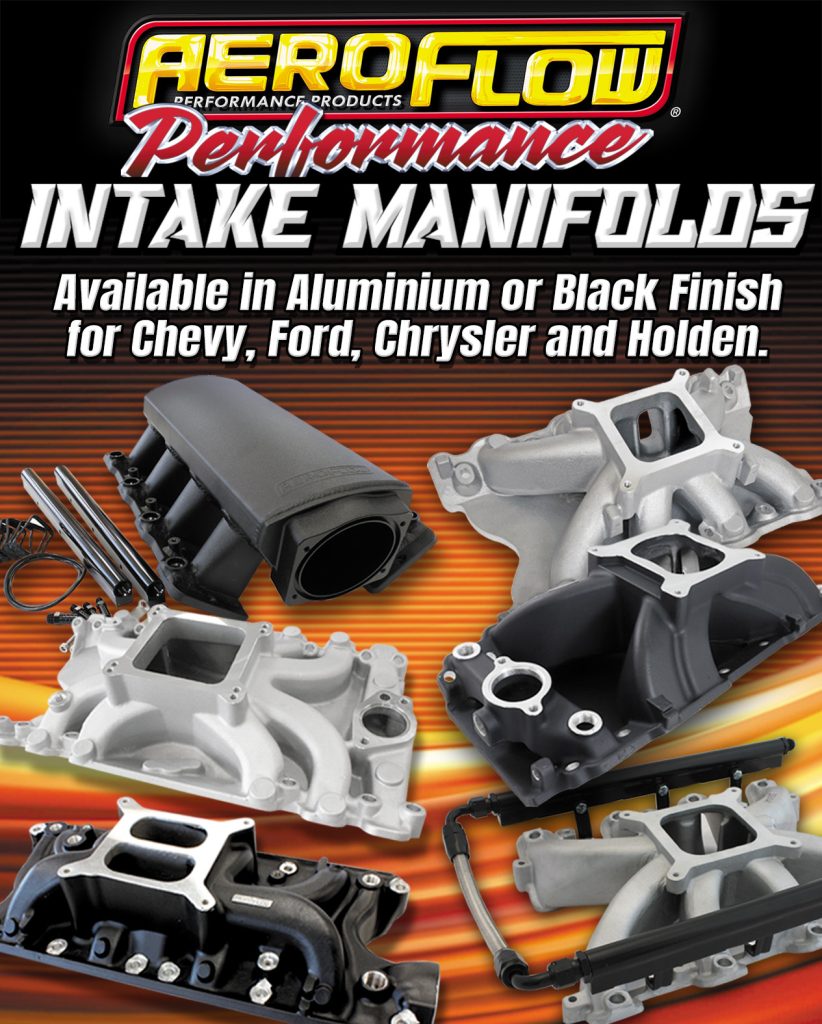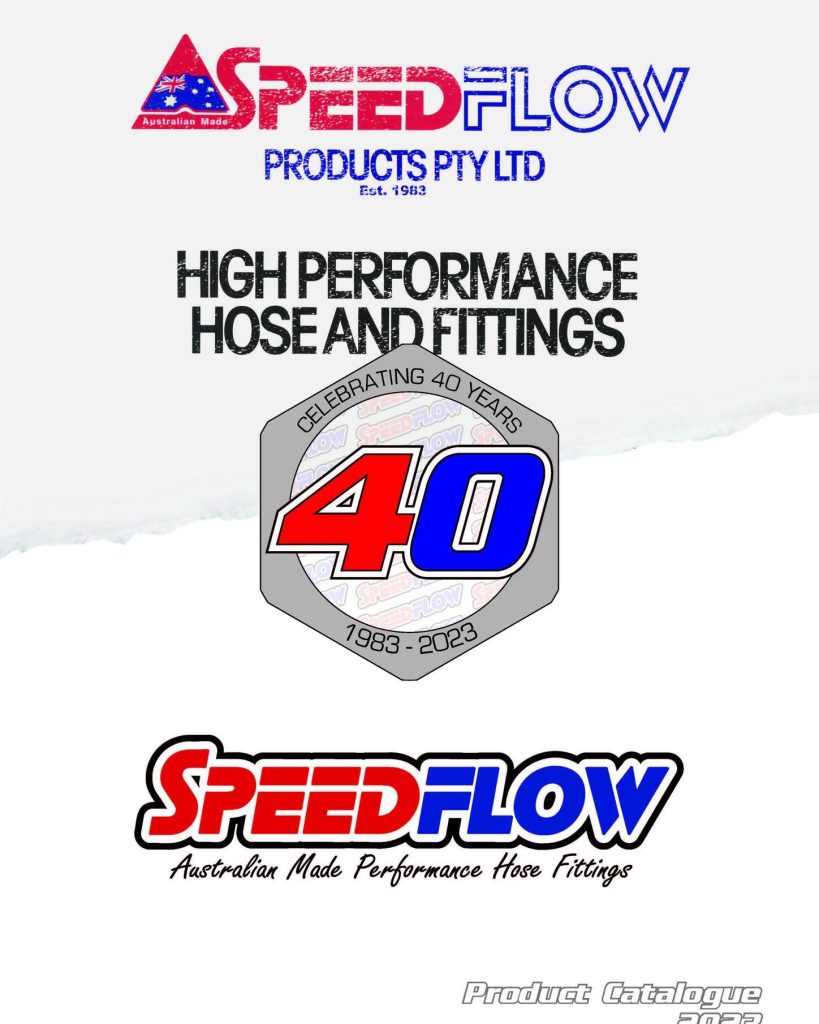
Mike Domagala was a name many Australian drag racing fans could have been forgiven for not recognising until he began to help out at Lamattina Top Fuel Racing team and more recently Mariani Motorsports, but the New York-raised operator of Premium Motorsports Products has a long history in drag racing.
Though many tuners today were brought up around drag strips, Domagala said he was in a rather different arena – dairy farming. But interest in the mechanical would eventually outweigh interest in the bovine and so Domagala went to trade school and then to work at a Mack Truck dealership in Utica, NY.
“It wasn’t until then that I had my first chance to attend a drag race,” he said. “My manager at the dealership asked me to help with his Super Comp dragster at a local event. From that day forward, the drag races were where I wanted to be.”
Getting started
With his interest piqued, Domagala wanted to get more involved and in 1999 he received a call from Kim Richards to join the Chuck Etchells Funny Car team.
“Two weeks after that call I flew to the race in Sonoma, CA where I officially began my career in NHRA drag racing.”
In 2001 he transitioned with Tim Richards to DSR on Melanie Troxel’s Funny Car and then on to Kenny Bernstein’s dragster where he spent seven years, including the 2001 championship season.
In 2008 Domagala eagerly accepted the role of assistant crew chief on Antron Brown’s dragster at David Powers Motorsports.
While twirling spanners held his interest for a time, to Domagala tuning was the pinnacle position in drag racing.
“I watched the likes of Dale Armstrong, Wes Cerny, Austin Coil, Jimmy Prock and Tim Richards change the face of drag racing,” he said. “My first full-time position was working with Tim Richards, a man that I’ve always had great respect for. Tim was a great mentor who gave me the confidence to go after my dream.
“Under Tim’s guidance, I learned many of the critical elements and the philosophy behind fine tuning these 10,000-horsepower engines along with chassis set-ups that also play an instrumental role in a successful run. I spent many years understudying Tim and soaking up as much information as I could while continuing to accept more responsibility.
“As a member of Tim’s teams, we notched 34 NHRA race wins in the very competitive Top Fuel and Funny Car categories.”
It wasn’t until 2010 that Domagala would get his first opportunity to be a crew chief and it reflected his career at present – very international.
“In 2010 Don Schumacher Racing developed a drag racing program with Yas Marina Circuit in Abu Dhabi. We completed two entire racing operations over the course of a little over a two month period. That was quite an accomplishment for the crews and was a testament to DSR’s capabilities.”
In the fall of 2010, Domagala was hired by Mark Pickens as co-crew chief for Clay Millican and while still in that role he began consulting for Rune Fjeld Motorsports, part of the FIA European Drag Racing Championship series.
“Since then I have turned my focus toward consulting in Europe and Australia. I’ve been fortunate to continue my relationship with Rune Fjeld as well as build new relationships with several teams including Chris Andrews (where we were the second car to run a 3-second 1000ft pass in the UK) and the Lamattina Top Fuel Racing team.
“I’ve enjoyed this change so much so that in 2014, I started my company Premium Motorsports Products as an avenue for the international sale and distribution of new and used motorsports parts, tools and equipment offering the consulting expertise of 15 plus years of hands-on experience.”
The challenge of nitro
Nitro holds a mystique among not just drag racing but people in general. It has become a term synonymous with a boost in power, used in everything from car brands to energy drinks.
Domagala recognises that at heart a nitro motor is still just an engine, albeit a grumpy one.
“Mechanically, I tend to view motors the same way. There’s pistons, rods, heads and valves. Intake, compression, power and exhaust. However, it is no secret that nitro cars are much, much more powerful and exciting. They are also much more temperamental, often times having a mind of their own.
“When tuning a nitro motor, there is very little room for error. You have to be precise in the elements of the tune-up and understand the ‘why’ of the way everything works or doesn’t work.”
Domagala has seen what can happen when it goes wrong. He said the biggest failure he has seen on one of his teams came at Indianapolis in 2012.
“During the first three qualifying sessions the car hadn’t made a run past the 60 foot marker. It wasn’t good. Prior to Q4 we made several changes including softening up on the clutch set up. The car went out and dropped a cylinder at 1.7 seconds which of course caused the motor to become very unhappy. There was a huge explosion. As a matter of fact, it was so intense that ESPN’s slow-motion camera footage captured a connecting rod cap from the number seven cylinder in the rear of the motor coming out of the oil pan in the front of the motor and flying through the air. That was not a good moment for the team, but made for excellent television coverage.”
Tuning 101
Preparation for a pass begins in the workshop where teams ready their arsenal for the war ahead.
“Without writing an entire book on this topic, I would say simply that (in the workshop) teams prepare all the spare components for the upcoming events. This includes prepping cylinder heads, piston racks, short blocks, clutch packs, clutch lever settings and superchargers, among other things.”
With the car packed away into the trailer, the crew chief’s role is then one of adaptation, looking at the conditions and determining what potential they can exploit.
“The items addressed at the track first include air conditions (air temperature, barometer, water grains and density altitude), by then using a compression calculator we determine the engine compression and blower overdrive.
“Next is to assess the track conditions (temperature, rubber build-up/grip) and use this information to determine clutch settings and the ignition timing map. We also determine whether we will use new or used tires and their pressure. This is a very important part of the racing process. You can create a wicked car but if you can’t read a race track during qualifying or on race day you’ll go nowhere.”
Knowledge is power, so armed with information the crew chief can then make changes on a variety of parts on the motor in order to effect change on the track.
“(The crew chief can) apply power from the compression ratio. Once it is set, it cannot be changed throughout the run. The ignition timing map however can be programmed to change throughout the run. The map takes power away and adds it back during portions of the run to keep the tyres ‘stuck.’ The fuel curve can also be programmed to change throughout the run so that the motor runs efficiently, without parts damage. Lastly, the clutch settings can be programmed. The clutch affects every part of the run. If these setting are incorrect, the car could end up in tyre smoke or run slower than expected.”
Shortly before a run, the team will warm up the car and there is a very specific process that each team goes through.
First is to set the engine idle and fuel flow to a predetermined amount, then check and adjust the ignition phasing. The crew will check the ignition timing to make sure it matches the ignition map that was programmed into the system. The warmup will set the engine and fuel flow to match that of the next run and part way through the warm up the driver takes his/her foot off the clutch to see how hard the motor pulls down (known as the tug).
With so much depending on the weather, and weather naturally being a variable, there is a surprising amount that a crew chief can do in the staging lanes to change the tune up to suit conditions.
Domagala said a crew chief can make changes to clutch settings (including weight and clutch flows), the ignition timing map, blower overdrive, wing angles, tyre pressure (and a change of tyres if time permits), the fuel curve, nitro percentages and wheelie bar height.
Go time
Once the car is fired up, most of the mechanical settings can not be changed and there is a very strict understanding between teams not to mess around.
The role of the driver is to basically be a robot and do exactly as asked of them.
“The driver is expected to perform consistent, straight burnouts. Mostly straddling the tracks from the previous car’s launch,” Domagala said.
Reverse gear is engaged and the driver returns the car to the start line under guidance from a crew member. This is when we see the crew chiefs often fiddle more with the motor. We asked Domagala what they are generally getting up to.
“Crew chiefs adjust the engine RPM (idle) and the fuel flow. We look for visible leaks and ensure there is oil pressure. Next we check to see if the wheelie bar is set. We then look at the other car and nod that we’re ready. Finally, we richen the idle flow and direct the driver in to stage.”
From there it is a waiting game and the crew chief will watch the run keenly to make initial observations.
“We always look to see if the ET is close to what was expected. The speed is also a tell-tale sign of how happy the motor was. If the speed was high, the motor likely hasn’t been hurt. We also look at the tracks from the starting line to 100 feet to see if the car was trying to shake. We check to see how straight down the groove the car went because if the clutch was violent, the car would dart in one direction or another. Lastly, when it is dark out, we watch the header flames. If they go from orange to green, that is not good because it is burning aluminium in the chamber.”
Wash, rinse, repeat
Once the car returns from a pass, the crew chief is again the most important part of the team.
Domagala said a mix of data, visual evidence and driver input is used to determine how the pass went.
“We rely heavily on the data from the run. However, the crew chief always inspects spark plugs, piston rings and bearings. These items will tell us how hard the motor is working. The crew chief also relies on the crew and the driver to point out problems or discrepancies.
“Generally, we look at all the data and based on the conditions determine where on the track the car could have ran better. We also compare it to other runs with similar conditions. Usually, if the conditions are going to be the same or better, we make adjustments to make an even better pass.
“Now, there are instances like in testing when we run a lot of laps and conditions do not change. Then, we might make a run, leave everything the same but make one-single change, like one new clutch disc, to see what the result is.”
Many advancements have been made in terms of the tools a crew chief has available, but Domagala is not sure whether they make it easier or harder.
“It is just the evolution of technology and you have to adapt to it,” he said. “There is more data available to us now which requires the ability to process it in different ways than in the past.
“I would definitely say however that on board data loggers provide very valuable information. There have been advancements in stronger, lighter and more reliable parts. We now use dyno machines to test items like the clutch, fuel pump and blowers away from the track. Crew members have become better trained as well. Tuning software has come a long way and has allowed crew chiefs to develop their own proprietary tuning programs. Lastly, track preparation, safety and clean-up equipment has improved tremendously.”
Want to see more cool articls like this one? It originally appeared in Drag News Magazine. Get a print or emag subscription now.











